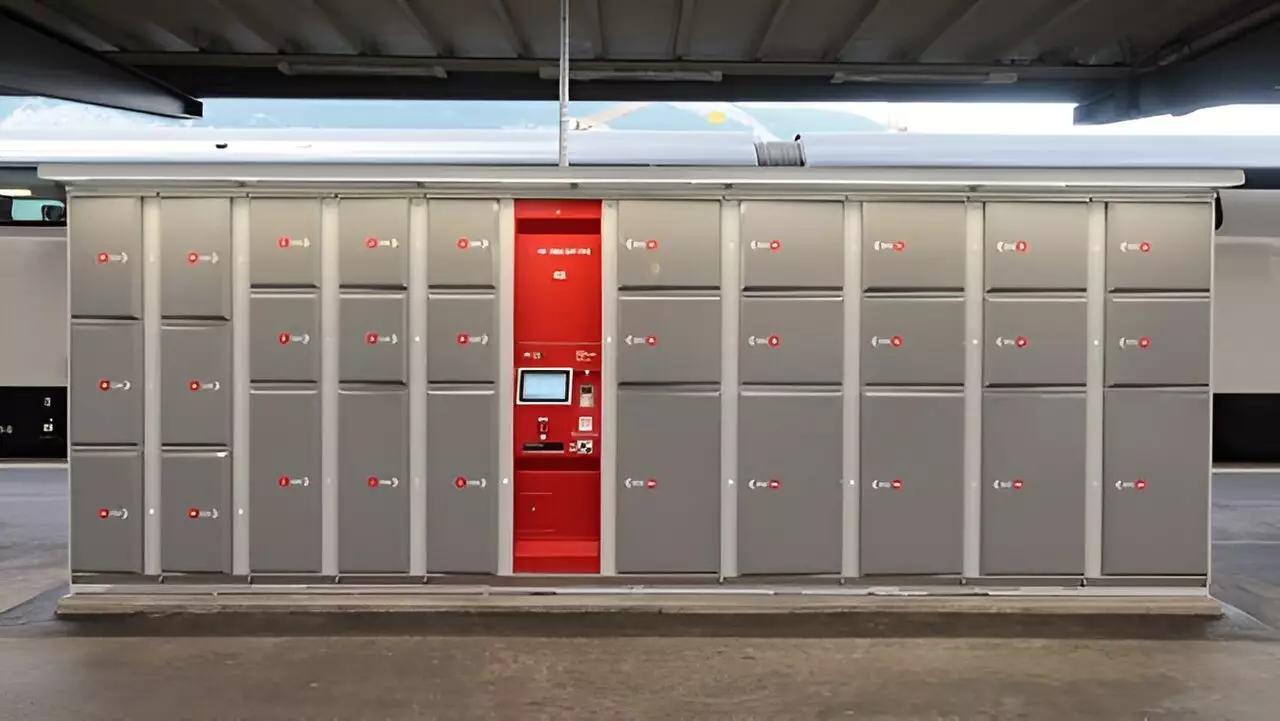The increase in e-commerce has led to a significant rise in parcel deliveries worldwide, with 161 billion parcels delivered in 2022, doubling in just four years. In Australia alone, 5.6 million households made a monthly online purchase in 2023, resulting in millions of parcels being shipped each month. However, the reliance on high-emitting diesel vans and trucks for last-mile deliveries is contributing to traffic congestion, parking issues, carbon emissions, and air pollution in cities.
While using low-emission vehicles, such as electric delivery vans powered by renewable energy sources, can help reduce the environmental impact of deliveries, they are still not widely used, with a global sales share of under 5% in 2023. Additionally, increasing the number of vehicle chargers powered by renewable energy will take time. To address these challenges, there is a need for innovative solutions to optimize the organization of deliveries and reduce the reliance on traditional delivery methods.
One innovative idea to tackle the environmental impact of parcel deliveries is crowdshipping. Crowdshipping applies crowdsourcing to delivery services by allowing members of the public to deliver parcels in the course of their journeys. This concept integrates passenger and freight transport to streamline movement in cities and leverage existing transport capacity. By matching people with parcels bound for destinations close to where they are already headed, crowdshipping minimizes detours and reduces the need for dedicated couriers.
A simulation of crowdshipping in Singapore showed that outsourcing just 11% of parcel deliveries to crowdshippers riding public buses can lead to significant benefits. An e-commerce carrier would require fewer delivery vehicles, resulting in a 20% reduction in delivery vehicle distances and emissions. Even after paying crowdshippers, the carrier can enjoy cost savings. Furthermore, a survey of potential crowdshippers indicated a positive response, with most passengers willing to serve as crowdshippers, especially if incentivized with payment.
Implementing crowdshipping using public transport comes with practical considerations, such as ensuring that passengers are willing to deliver parcels and avoiding congestion or delays during peak hours. Limiting crowdshipping to off-peak hours and utilizing excess capacity on public transport can address these concerns. Additionally, creating a reliable service platform that verifies identity and tracks parcel status is crucial to instill accountability and trust among users.
Crowdshipping using public transport presents an ideal solution for cities with robust public transport networks and high passenger numbers. By integrating passenger and freight transport, cities can make their logistics operations more efficient and sustainable. Through data-driven transport modeling and simulation, innovative ideas like crowdshipping can be explored, tested through trials, and ultimately implemented to revolutionize urban mobility.


Leave a Reply